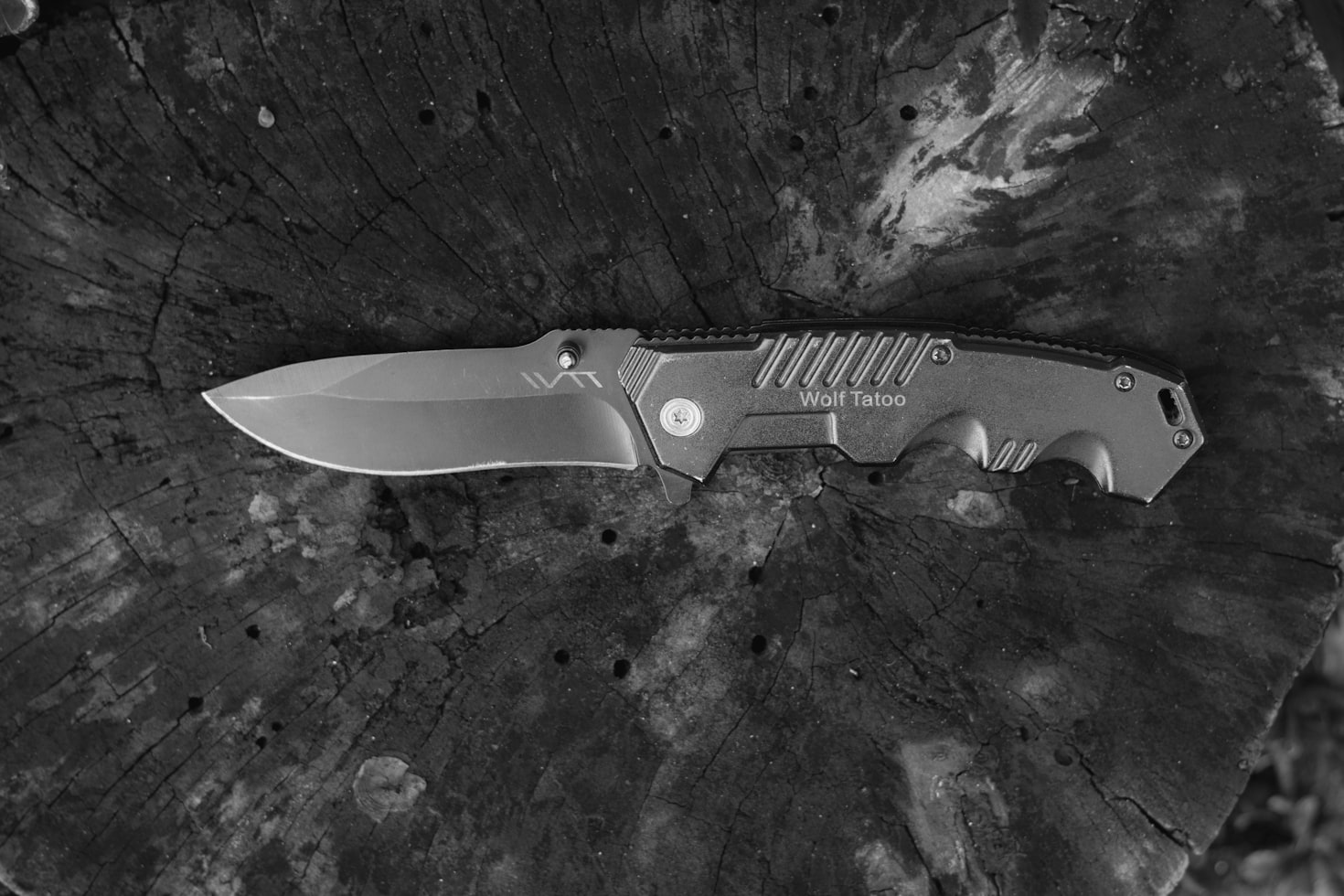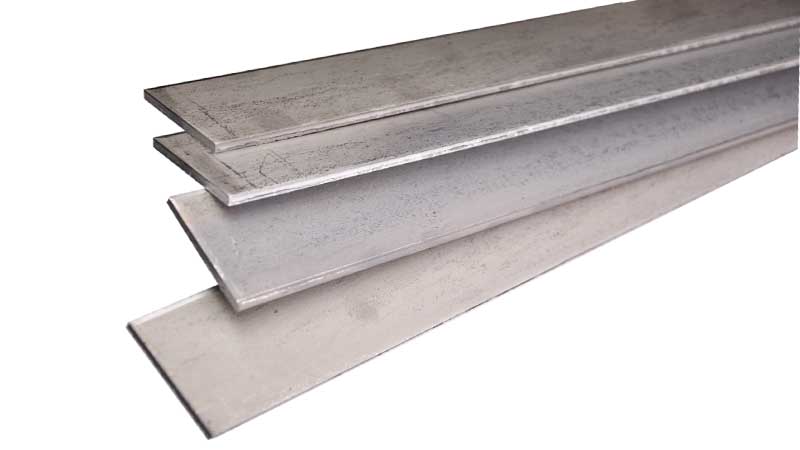Anyone new to the world of knives may find it all a little intimidating, with so many pocket knife manufacturers, material kinds, and terminology to choose from. What are we even discussing? What is the purpose of a knife? And where should you go for the greatest pocket knife for your requirements? Everyone’s likes, finances, and intended uses for a knife are unique.
It’s OK to pay more if you’re a knife fanatic or someone who simply must have the finest, but for the ordinary Joe, there are lots of fantastic options in lesser price bands. Remember, the most precious knife is the one you have with you when you need it.
Without further ado, here’s our list of the finest pocket knives and their price ranges; remember, a good knife doesn’t have to break the bank.
How Much Should a Pocket Knife Cost?
A quality pocket knife will cost you between $50 and $100, which is ideal for first-time buyers. A solid EDC pocket knife budget may be adjusted to $1500r $200 to take advantage of better manufacture, sharper blades, and enhanced handle materials, among other advantages.
Take note that there are less expensive pocket knives available in the market that cost less than $50. What you pay for is what you get. Cheaper knives will not have as many qualities or last as long as more expensive models.
Aside from the price, there are other factors to consider when purchasing a decent pocket knife, which we will go over in detail in this article.
Why Are Some Pocket Knives So Expensive?
The pricing of some decent pocket knives can be shocking, especially if you are new to the knife industry and buying knives. As it turns out, there are several reasons why factories and knifemakers demand such high prices for high-quality blades.
The price of a finely crafted pocket knife is determined by a variety of factors. While the cost of production and raw materials is a factor in the cost of the knife, there are numerous other processes and expenditures that many people overlook. Finally, a high-quality knife will come at a premium price.
The increased price can be due to the use of higher-quality raw materials, more labor-intensive procedures, and the time spent on R&D and design.
There is a lot that goes into creating high-quality pocket knives, and several factors influence the price of the end product. I’ll go through some of the various factors that contribute to the high cost of premium pocket knives in the section below.
Here are some of the reasons why good pocket knives are so pricey:
1. Design
Customers place a lot of stress and critique on the design, style, and utility of a pocket knife when they buy and use one. Naturally, firms and knife factories will invest a significant amount of money and time into the creation of a knife, as well as analyzing the knife design to identify any defects.
While this may appear to be a simple and uncomplicated task, the design of a knife and testing of that design need a great deal of expertise and thinking. There are several variables and points of interest to test to ensure that the final product works properly and performs all relevant functions and activities.
While many manufacturers ultimately price their pocket knives in the range of $49 to $100 the pricing is justified. They meticulously create and test their blades to do specific jobs extremely efficiently and effectively. All of this development and testing takes money, which might affect the pocket knife’s ultimate pricing.
A rather popular low price pocket knife ranging between $15 to $18 is a simple or basic folding knife with a wooden handle. It is mostly used by the herders, farmers, and gardeners. Because of the social position of the individuals who utilized this knife design, it is referred to as the peasant knife. Because of its modest price.
2. Blade Material
When tested, the material in which your blade is made should at the very least keep a sharp edge. Sharpening your blade should be simple and not need a delicate touch. A lower-priced knife may have a subpar blade that chips or, worse, break after normal use. So, here are some materials that are suitable for making an excellent blade.
- Stainless Steel– This is the most popular steel used in all types of blades. This alloy is extremely forgiving and takes very little skill or expertise to keep sharp and in good shape. In many situations, the steel used to custom the knife blade is one of the most expensive materials. Good grade steel may be rather costly, not to mention all of the processing and heat treatment that it frequently needs before becoming a completed blade on a knife. In addition to its ease of sharpening, the stainless steel blade is corrosion-resistant and durable.
One of my personal favorites is the Shieldon Folding Pocket Knife Barraskewda D2 Blade for the ultimate outdoor knife enthusiast. Made of tactical stainless steel and is very affordable. It goes for $50.
- Damascus Steel: This steel forms a characteristic wavy pattern on the face of a blade, but beware: if you see a recognizable Damascus-like design or pattern on a cheap blade or a massive sword, it was almost probably manufactured via acid etching. That blade is not made of Damascus steel. This blade is fairly expensive, ranging from $100 to $150.
- Carbon steel: as the name indicates, contains a high proportion of carbon but lacks the essential quantity of chromium to be classified as stainless. As a result, if not wiped and oiled after use, carbon steel will rust soon enough. Again, the increased carbon concentration results in a significantly harder, sharper, thinner, and longer-lasting edge. The price of these particular knives ranges from $25 to $100.
- Powder Stainless Steel: This steel still contains chromium, but it is manufactured differently to boost hardness. Powder stainless steel has an HRC of 64 to 65, and blades created from it can have razor-sharp edges. The barter, as usual, is that powder stainless is more delicate and prone to breaking against hard surfaces like bones. Knives made of these blade materials are likely to cost between $30 to $60.
3. Handle Material
It is just as vital to have a pocketknife with a solid blade made of high-quality materials as it is to have a pocketknife with a sturdy grip. Many high-quality knife firms and producers place very lovely handles on their equally fine blades, which may be rather costly.
Let’s take a closer look at the most popular grips seen on knife handles nowadays. The materials can be synthetic, metal, or natural, and each has its own set of advantages and disadvantages. Consider the intended usage of your pocket knife to help you choose the finest knife handle material for your needs.
Let’s take a look at some of the handle materials used in pocket knives:
- G-10: is a Garolite grade that is a fiberglass laminate hybrid. It has extremely comparable characteristics to carbon fiber yet costs a lot less than a carbon fiber knife. The resulting material is highly tough, lightweight, hard, and robust. In fact, G-10 is the most durable of all fiberglass resins. The Shieldon Folding Pocket Knife D2 Blade G10 Handleis a pocket knife intended to provide a better grip and the greatest quality at the most inexpensive price.
- Stainless steel: is extremely durable and corrosion-resistant, although it is not especially light. Stainless steel handles may be rather slippery, so fabricators must use etching or ridges to give the necessary friction. Stainless steel is sometimes used in conjunction with plastic or rubber to increase grip, although stainless steel handles should be discouraged in EDC or heavy-duty knives due to the extra weight. The price range for stainless steel handle knives is quite vast ranging from $30 to $400.
- Carbon Fiber: is an extremely strong and lightweight fiber that is also rather costly. While it is robust, it is not unbreakable and is fragile. Carbon fiber handles, on the other hand, are a labor-intensive procedure, therefore they are often found primarily on higher-end knives costing about $100 to $200.
- Titanium:is a light metal alloy with the highest corrosion resistance of any metal. Although it is somewhat heavier than aluminum, it is still regarded as a lightweight metal that is stronger. Titanium is a rare metal that has a warm feel, so it is not as cold as aluminum in the winter. Their price ranges from $50 to $200.
- Aluminum: is a fairly durable material for knife grips, especially when anodized for hardness, color, and protection. It’s a lightweight material that gives the knife a solid, heavy feel without weighting it down. The T6-6061 alloy, which has high tensile strength, is the most prevalent form of aluminum used today. Aluminum handle pocket knives cost approximately between $24 to $50.
- Micarta: is a well-known branded version of a phenolic, which refers to several chemicals manufactured from the organic molecule Phenol (a type of resin). Micarta has no surface roughness, is exceedingly slick and smooth, and needs a significant amount of human work to create and then carve any form of texture into the knife. This raises the price, resulting in a more expensive knife ranging from $175 to $215.
1. Labor Cost
When considering the various factors that may influence the pricing of a pocket knife, the labor aspect of manufacturing and assembly is an important factor to consider.
If the knife firm is large enough, the blade and knives may be produced in a facility with huge automated machinery. Not only would there be a significant initial expense, but there would still be a component of manpower required to maintain the machines functioning as well as to do tasks that cannot be computerized.
On the other hand, many small businesses lack the cash to custom their knives in a huge facility, which significantly increases the physical work required to produce each knife.
Is Investing in a Pricey Pocket Knife Worthwhile?
Now since you know a little bit more about the materials and designs that go into a pocketknife, you may be asking why you should purchase a more expensive one. Even if you don’t want to hand it down to your grand generation, we suggest investing in a high-quality pocketknife for a few reasons.
- Longevity– There’s a reason why you may get extremely stunning pocketknives in good condition at every antique shop. A well-curated quality knife will last a lifetime. Consider your inexpensive pocketknife breaking while attempting to remove bark off a log and having to return to civilization to get a new one. That is avoidable.
- Studier Construction: Longevity and quality construction go hand-in-hand. With superior structure comes increased lifespan. If you choose a blade composed of high-quality, long-lasting materials, it will undoubtedly accomplish even the most demanding tasks. It can also last for eternity.
- Improved Aesthetics– There’s no getting around it: one of the main reasons to buy a more expensive pocketknife is how nice it looks. The cheap knives will never be as attractive and well-made as the more expensive ones.
While you may not go the personalized way, the more beautiful knives are created with superior materials and much more time is devoted to the design and craftsmanship. You will be paying for both the knife factory’s extra time and the pocketknife itself.
Conclusion
I’m not going to sugarcoat anything. I recommend spending a little extra money investing in a knife that will last a lifetime if properly cared for.
We have a wide assortment of pocket knives to pick from the Shieldon pocket knives catalog. They are of great quality and won’t break the budget. It’s nearly certain that you or the person for whom you’re purchasing this knife will adore it.









